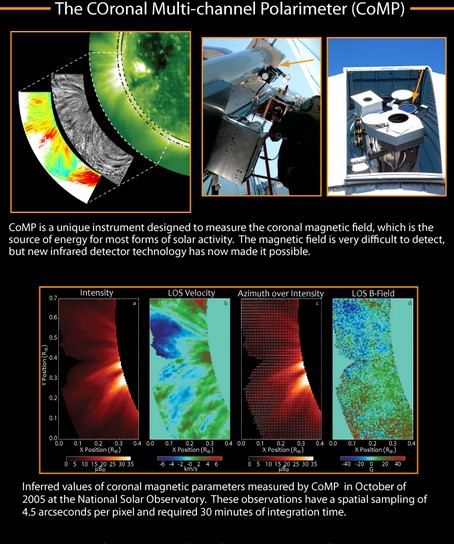Recently, researchers published the first-ever magnetic map of the solar corona, part of the Sun's atmosphere. However, this is an advance that could in the future make it possible to accurately predict solar storms whose impacts on Earth are not negligible.
Our Sun emits solar winds that vary in strength. In the case of eruptions of a certain intensity, it becomes a question of solar storms having an impact on our planet . These events eject particles from the atmosphere of the star capable of damaging the earth's electrical installations. These disturbances therefore affect energy distribution systems, communication systems, satellites and even aviation. In 2017, US researchers mentioned coronal mass ejections (CME) that could potentially generate magnetic storms. However, these are events capable of weakening the Earth's magnetic field.
When we talk about the atmosphere of the Sun, we must know that only part of it really interests us. This is the solar corona , located beyond the chromosphere and extending over several million kilometers by diluting in space. However, this layer of the Sun's atmosphere is particularly difficult to study. Indeed, it is made of plasma, extremely thin and above all partially camouflaged by sunlight. All this therefore disturbs the observations, although specific instruments exist. Unfortunately without precise observations, it becomes impossible to predict correctly those famous solar storms.

In a study published in the journal Science on August 7, 2020, a team of international researchers details its progress in this area. Scientists say they have developed the very first map of the solar corona. This is actually a map of the Sun's magnetic field . Indeed, the magnetic field is at the origin of the solar winds. For project managers, this map would represent an ideal basis for establishing a relatively reliable predictive schedule.
The map was constructed using the Coronal Multi-channel Polarimeter (CoMP), a high precision filter/polarimeter. This device effectively "blocks" the Sun and its brightness in order to isolate what surrounds it. Thanks to clearer vision, scientists have already been able to measure plasma density as well as the speed of the solar winds. Finally, research continues to develop routine maps of the magnetic field of the corona, similar to those already available for the surface of the Sun.